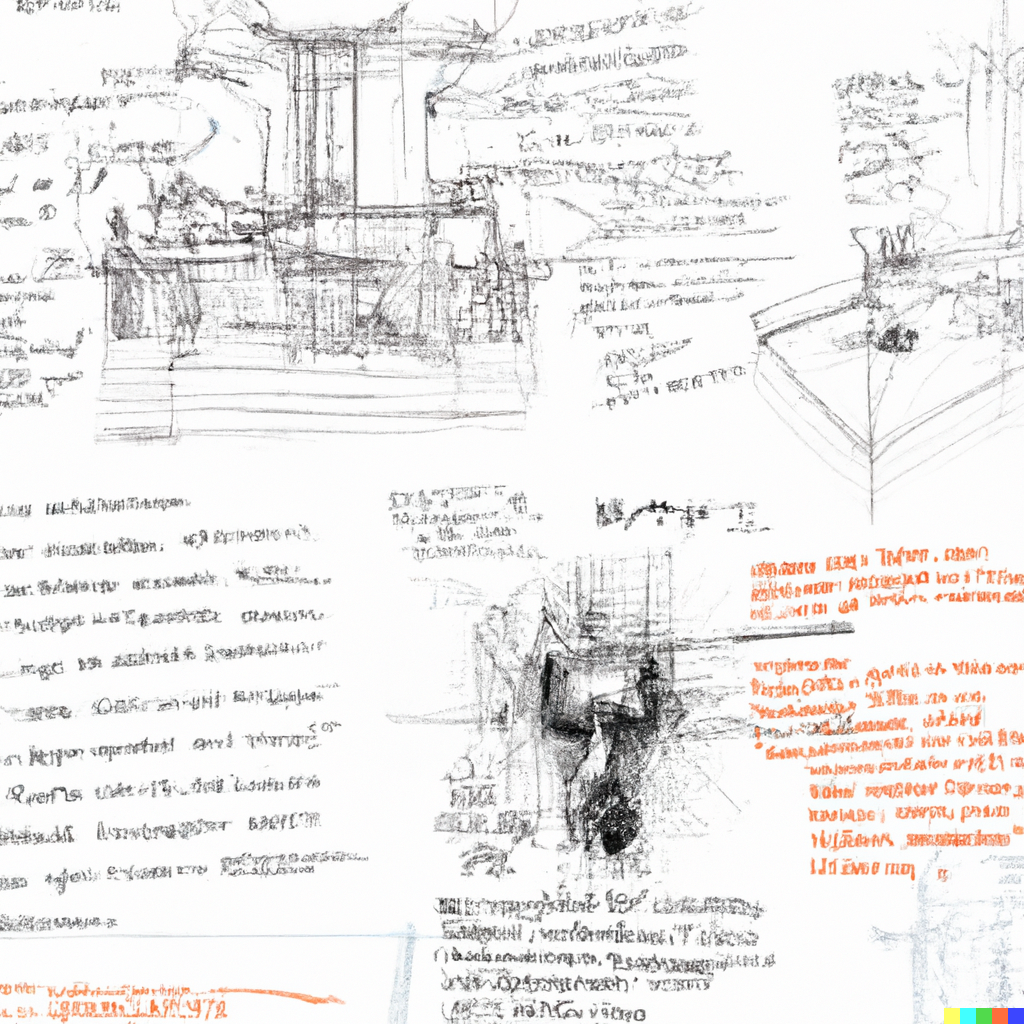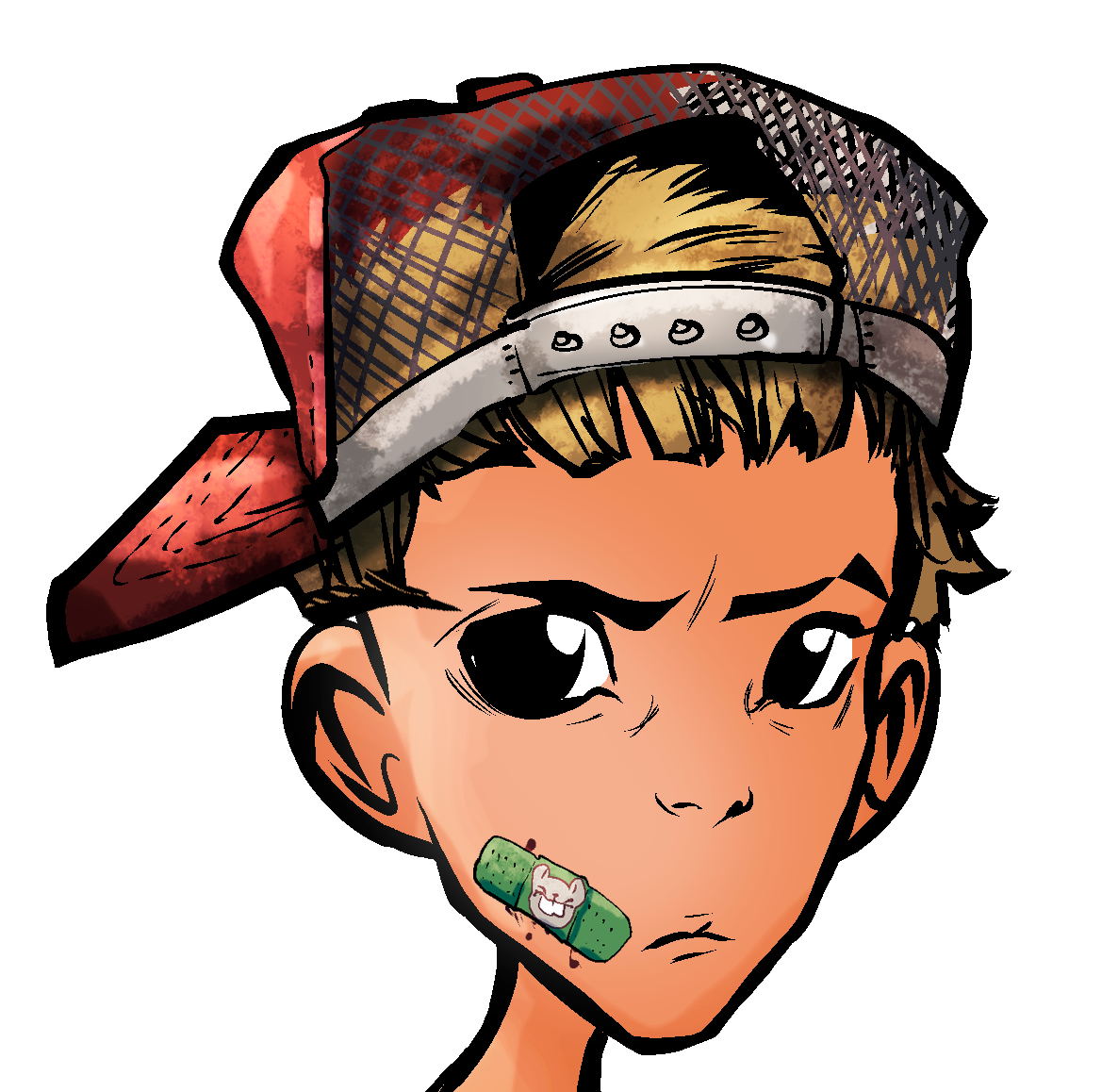LION: Master Plan

[This is a special edition of our Master Plan, which has been published and made collectable on Mirror. All future updates of our plan will be posted there.]
Background: my day job is to support the workforce intelligence function of a space transportation company called SpaceX, but on the side I am a core team contributor at talentDAO, leading projects related to organizational health and data science. Project LION is a collaborative effort between talentDAO and labDAO that aims to build AI-powered tools for improving community health.
As you may know, the initial goal of Project LION is to build a community health analytics toolkit. However, some readers may not be aware of how far its applications will extend. LION could be described as an early-stage iteration of a middle-layer AI organization. That is to say, LION will operate one abstraction up from the API layer and one abstraction down from the application layer of the AI product landscape.
Using a modular design, LION will reduce the burden of developing custom natural language processing [NLP] systems for organizational communication analytics. Further, our design will enable the seamless swapping out of alternative models whether that be for those more finely tuned to your use case or using more advanced models as they become available in the future.
We believe this is the best way to democratize access to AI while remaining transparent about how the system works. In the long run, others can build on our work, and together, we can create more equitable and sustainable organizations powered by AI.
Here we outline our plan.
I. Building a bridge
Our core objective is to train models that help evaluate the language patterns of a social network. [1] The first thing we'll need is data on the network we're evaluating. To do this, we'll build a data bridge from discord to our model's training environment. This pipeline will send data through a dynamically updated database [2], followed by a pre-training data preparation process.
The bridge process will ultimately leave the end user with a prepared dataset and some choices on how they would like to approach training such as on a particular subset of users or within a particular chunk of time.
II. Digital twins
In the second phase of this project, we'll reveal the first-ever LION digital twin. We'll demonstrate some simple experiments and begin to work through the psychometrics of these models to understand how they relate to their underlying corpora.
We'll also demonstrate how fine-tuning can be applied to digital twins to create custom bots for a variety of use cases.
III. Chimera engineering
In the third phase of the project, we'll begin working on the parts of the system that make it the community health analytics toolkit we originally set out to build.
This starts by adding a classification head to our model for making predictions from text data. We'll leverage talentDAO researchers to help validate our model's assessment of the levels of burnout and engagement in the community.
We'll also start to test a few possible measures of community voice using a variety of approaches from empathic predictions to word embeddings.
IV. Mapping the Network
In phase four, we'll add a network graph feature that allows the user to visualize the informal structure of their organization or community. We'll then show how we can map psychometric properties onto the network using outputs from classification as well as other metrics derived from user activity and sentiment.
In addition to visualization, we'll use network science to provide deeper insight into the health of the community.
V. Singularity
LION will be an open-source modular AI system ready to be forked and customized by anyone seeking to optimize their community or organizational health. In the final stage of Project LION, we'll develop a front-end web application for exploring the social network using an AI assistant that you'll be able to share with your community.
This is not where the project ends, however. We'll continue building on LION over time, particularly through scientific experimentation with digital twins and new procedures and metrics for assessing community health. Our final objective will be to write a paper on our findings. We hope that this process opens the door to an entirely new way of working with social networks – a new branch of social science that leverages artificial intelligence to simulate organizations.
Notes
- Social networks can be communities, organizations, etc.
- The dynamic nature of the database means your data is only stored as long as it is needed and no longer.
Thank you Stanley, Kelvin and Niklas for your input on this plan as well as the rest of the labDAO and talentDAO teams for your ongoing support on this endeavor.
